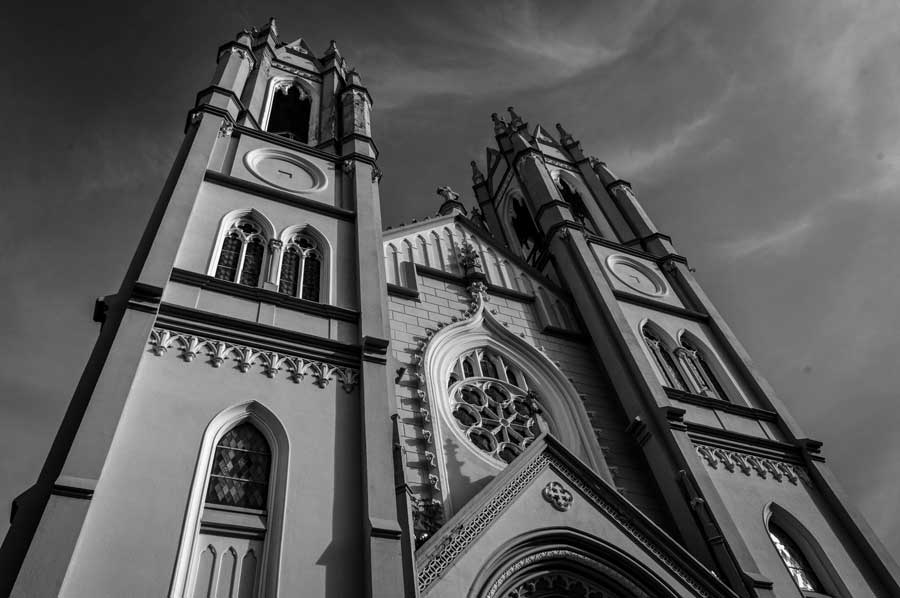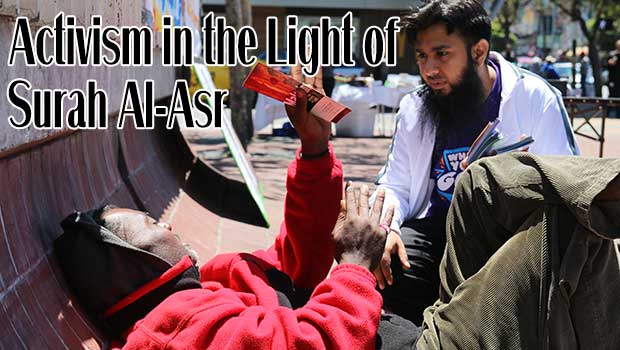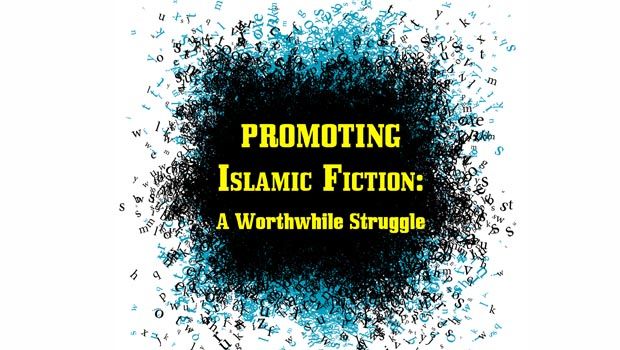(Part of a continuing series on Christian cults and sects in the United States)
Modern Presbyterians are followers of John Calvin’s Anti-Catholic sect of Protestantism. According to Walter L. Linge and John Kuykendall, authors of “Presbyterians: Their History and Beliefs,” three out of four Americans at the time of the Revolutionary War were adherents of Calvinism. The Presbyterian version of Mr. Calvin’s socioreligious doctrine came to America mostly through Scottish immigrants, and to a lesser extent through British immigrants at the end of the 17th century. Francis Makemie (1658-1708) who was called “the Father of American Presbyterianism,” was responsible for the establishment of the first Presbyterian community in America at Snow Hill, Maryland, in 1684. In 1707 Makemie was arrested by New York’s governor, Lord Cornbury, for preaching without a license and spreading disturbance. Although Presbyterians like to present themselves as defenders of freedom, many of them were bigots and racists. In 1983, American Presbyterians were reunited after 122 years. The two churches of Southern and Northern Presbyterians had been split by the Civil War on the question of slavery. The Southern Presbyterians supported the kidnaping of Africans and the barbaric institution of slavery in the U.S. Calvinism allowed treating “Negroes” as subhuman.
Today, there are only 3.2 million American Presbyterians. In the last decade, hundreds of thousands of them left church congregations. Many former Presbyterians accepted Islam. The majority of Presbyterians live outside of the U.S. in Scotland, Ireland, Holland, Australia, New Zealand, Belize and South Africa.
Creed
The “Five Points” of Calvinism are the basic foundation of the sect. They are:
• Total depravity – every aspect of a person’s nature is corrupted by evil. Individuals cannot be saved by an act of good faith.
• Unconditional election – God of Calvinists chooses whom He will for salvation.
• Limited atonement – Christ’s redemptive work is beneficial only for the chosen or “elected” Christians.
• Irresistible grace – when the Christian God chooses to save someone, he cannot refuse.
• Perseverance of the saints – when the God of Christians has chosen, regenerated and adopted a sinner, nothing can undo God’s work.
Presbyterians and Mr. Calvin’s followers adopted an ancient Roman fatalism. A theory of predestination is the cornerstone of Calvinian theology. According to it, God ordains followers of Calvinism to salvation and eternal life and sends others to eternal damnation. The salvation of the elected is an act of God’s free mercy, and the condemnation of the reprobate is an act of God’s justice. “God chooses few and rejects the rest for no other reason than that He wills to exclude them,” said Calvin, who himself confessed that the doctrine to be a horrible philosophy: ‘Decretum quidem horrible fateor.’ In addition, Presbyterians are indoctrinated by the Westminster Confession of Faith, the Larger Catechism and the Shorter Catechism. These three documents form the theological doctrines of the Presbyterian church. They emerge from influential Calvinistic creeds of the Heidelberg Catechism (1562), the Second Helvetic Confession (1566) and the Belgic Confession (1561).
In the early 19th century, the Christian Church or Disciples of Christ arose as a reform movement from American Presbyterianism, led by Thomas and Alexander Campbell. It emphasized a simple faith in Christ as Lord, the Bible as the word of God, baptism by immersion and weekly observances of the Lord’s Supper. After a 1906 schism, the disciples be came a more modern branch. They accepted instrumental music during their services. There are 1 million followers of the sect in the U.S. and 200,000 around the world. The churches of Christ are the conservative congregations of the Cambellites. They regard the New Testament written by Paul, alias Saul of Tarsus, and unknown Hellenized Jewish zealots, as the true and sufficient revelation of God. The sect forbids musical instruments in services. There are approximately 2 million “evangelical” followers of the churches of Christ in America, and about half a million around the world.
John Calvin (1509-1564) came after Martin Luther, the second of the foremost leaders of the Protestant Reformation in post-medieval Europe. He was born in Noyon, a small town in northern France, 25 years after Luther and Zwingli. His father was a prosperous notary. Mr. Calvin received an admirable education. He studied scholastic philosophy and theology at the University of Paris and law at the Universities of Orleans and Bourges. Between 1532 and 1533, he became dissatisfied with the teachings of the Roman Catholic Church and joined the Reformation movements of rebellious anti-papal preachers. When French King Francis I decided to settle the religious polemics in France in favor of the Catholics, Mr. Calvin fled to Basel, Switzerland, where in 1536 he published the “Institutes of the Christian Religion” – the summa of the Protestant ideology. Mesors Zwingli and Mar tin Bucer from Strasbourg shaped his views of the Christian sacraments and puritanical passion for simplicity. Mr. Calvin, like Lutherans, Zwinglians, Anglicans and Catholics, feared, hated and persecuted the Anabaptists, but nevertheless borrowed a tendency of Anabaptism that an ecclesiastical discipline is enforced by the ban. After the publication of his book, Mr. Calvin settled down in Geneva, after persuasion of well-known Protestant reformer, William Farel. The two began a political and religious reconstruction of the city according to tyrannical teachings of Mr. Calvin. A Protestant dictatorship was proclaimed. Amusements and immoral practices were defined. Fanatical reformers persecuted even laughing and sleeping in the church. Dancing and card playing were banned. Promiscuous bathing and theatrical performances were abolished. Fornication and theft were punished by flogging and mutilation. Mr. Calvin’s authoritarian regime aroused strong opposition, and he was expelled from Geneva in 1538. He received asylum in Strasbourg, where he stayed for three years. When his Protestant party regained power in Geneva in1541, Mr. Calvin returned and rebuilt strict Christian theocracy under his autocratic rule. He selected a group of loyal men and made them absolute rulers of the city. These despotic and cruel men, called “presbyters,” controlled and tyrannized the social and cultural lives of individual persons down to the smallest detail. During this time Michael Servetus, the discoverer of the minor circulation of the blood and Protestant thinker, came to seek asylum in Geneva. But Mr. Calvin ordered him tried as a heretic, and he was burned at the stake for his views. Mr. Calvin wrote numerous books which have influenced modern Protestant theology. His greatest influence was in Scotland, where John Knox followed his teachings in carrying out the Scottish Protestantism. In 1561, Calvinists separated from Lutherans, formed the first Western schism in the Protestant Europe. After years of Protestant-Catholic and Protestant-Ultra Protestant “holy wars,” Mr. Calvin died. But his merciless doctrines were embodied in the creeds of many modern Protestant churches.






